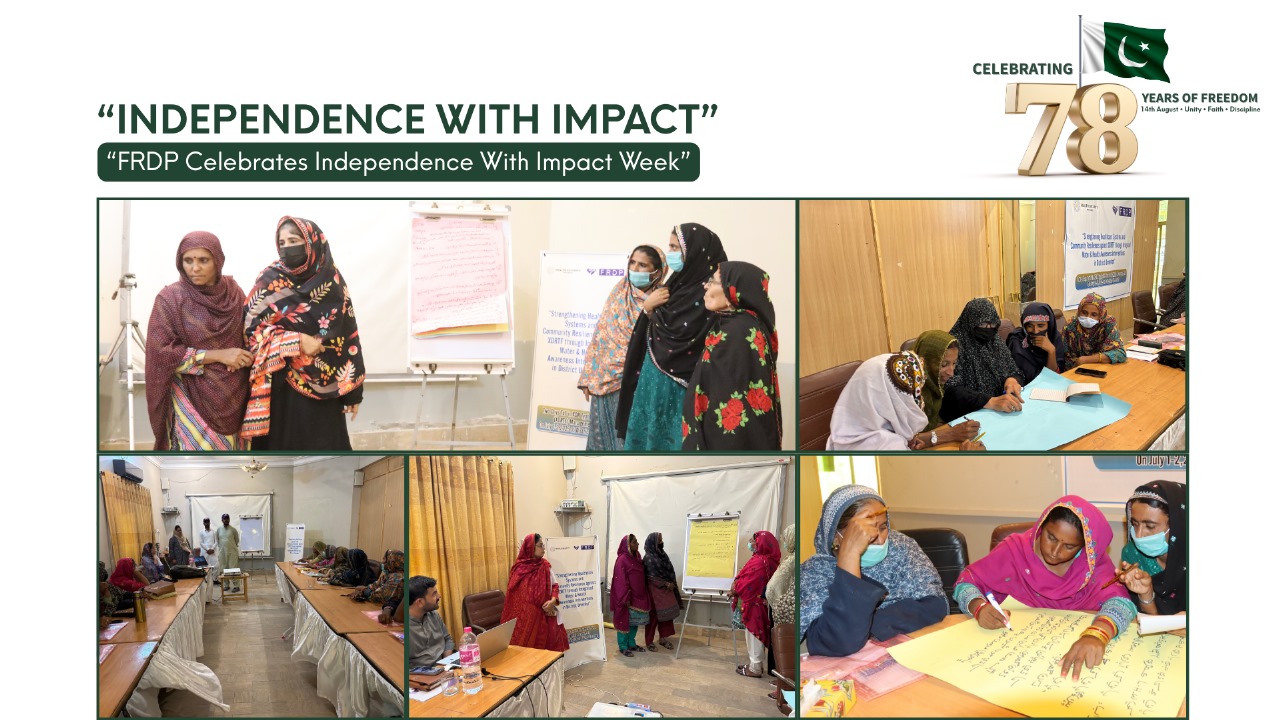Care on Wheels: Taking Health Where the Roads End

There is a kind of choice no one should have to make between selling the last of your livestock or watching a loved one’s health fade. In the desert stretches of Umerkot and Tharparkar, this is not a distant fear; it is a decision faced too often. When illness comes, the district headquarters hospitals feel impossibly far. The journey is not measured only in kilometres, but in what must be given up to reach it goats, jewellery, the trust of neighbours who can no longer lend because they too are in debt.
For those who cannot pay the cost, there is another path, though it is far more dangerous. They turn to untrained hands the quacks who promise quick relief but often leave the body weaker, the illness deeper. In these lands, poor health is not just a condition; it is a chain, each link forged by distance, poverty, and the absence of timely care.
It was in this reality that the Fast Rural Development Program, with the support of its strategic partner PAANI, began shaping a different response. Not by building a new hospital that few could reach, but by taking healthcare to the places where roads fade into sand. The idea was simple but radical: a Mobile Medical Service that would travel into the most isolated corners, where only four-wheel drives dare go. Not a token visit, but a service that could listen, examine, treat, and when needed, guide patients to higher-level care. It would mean that health no longer waited behind the doors of distant facilities it would arrive in the courtyards of those who needed it most.
Each camp is a small event of quiet significance. The team sets up in a village common place, under a shaded canopy or the open sky. People gather not in panic, but in cautious hope. Patients come forward for initial screening, carrying not just symptoms but stories: the cough that has lingered for months, the child who has grown thinner, the fever that rises with the night. Medicines are given free of cost, treatments are explained in familiar words, and those in need of specialized care are referred with formal linkages to quality service providers.
The work is not glamorous. There are no cutting ribbons or large gatherings. The routes are long, the heat relentless, and the dust a constant companion. But in these journeys, the Mobile Medical Service has become something more than a moving clinic; it is a bridge across the gap between illness and healing, between isolation and connection. In places where once the arrival of health meant the loss of livelihood, now it arrives with no such trade-off. Families no longer have to choose between survival and care. The debt that once began with a single illness is interrupted before it can take root.
The desert remains as vast as ever, the distances as real. But where before those distances were measured in suffering, they are now measured in the tracks of a vehicle that returns again and again, carrying with it not just medicine, but the quiet assurance that health does not belong only to those who can travel; it belongs to everyone. The Mobile Medical Service is not just a project. It is a promise that care will no longer wait in buildings that some will never see, but will go where the people are, even if that means driving to the very edge of the map.
When the Crisis Modifier released cash to 1,060 vulnerable families in Dadu, it wasn’t charity it was a strategy. Families who once fled with nothing now had the means to secure essentials, protect livestock, even relocate in time. The money came not as a gift, but as trust in people’s ability to decide what they needed most.
Women, often sidelined in such processes, became not just recipients, but responders. They attended planning sessions, managed preparedness kits, and asked the kind of questions that shift entire systems: “How will the warning reach us first?”, “What if the school becomes a safe centre?”, “Who do we call if the embankment starts to crack?”

